- Abstract
- Employment rate for men aged 15-64 in the transport and communications sector (percentage of working-age males in the workforce)
- Employment rate for men aged 15-64 in the transport and communications sector (percentage of working-age male employed population) (Worldwide)
- Employment rate for men aged 15-64 in the transport and communications sector (percentage of working-age male employment population) (worldwide, latest year)
- Employment rate for men aged 15-64 in the transport and communications sector (percentage of working-age males in the labour force) (region, latest year)
- Reference
Abstract
Looking at data on employment rates, Bolivia’s high employment rate for men aged 15-64 in the transport and communications sector reflects the characteristics of its economic structure. Bolivia’s largest figure of 15% indicates the important role that this sector plays in the country’s economy. Historically, developing countries have tended to have relatively high employment rates in this sector, particularly in areas with strong resource exports and infrastructure development. The transport and communications sector is closely linked to economic growth and is particularly vulnerable to international trade and investment. A country with a high percentage like Bolivia means that this sector of labor has a large impact on the growth stage of the economy.
Employment rate for men aged 15-64 in the transport and communications sector (percentage of working-age males in the workforce)
In data covering 1981-2021, Latvia’s employment rate in the transport and communications sector for men aged 15-64, recorded in 2015, at 19.5%, marks a notable peak. This high employment rate is due to Latvia’s rapid economic development and growing infrastructure investment. The transport and communications sector in particular plays a vital role in the economic growth process, with import and export activities and developments in information and communications boosting employment in this sector. However, Latvia’s employment rate has fallen from its peak to 93% in 2021, reflecting changes in the economy and sector. Technological advances, such as increased automation and digitalization, have transformed labour demand in the transport and communications sector. Global competition and structural changes in the economy are also having an impact. These factors are likely contributing to the decline in employment rates compared to past peaks. Overall, employment rates in the transport and communications sector are sensitive to economic fluctuations and tend to fluctuate widely due to technological innovations and market demand. The case of Latvia is an example of how the sector is responding to growth and structural changes in the economy.
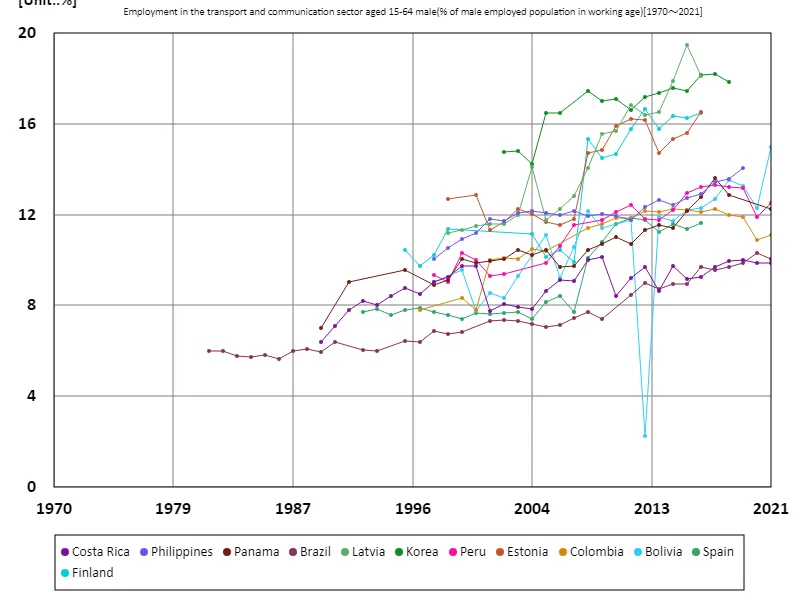

The maximum is 19.5%[2015] of Latvia, and the current value is about 93%
Employment rate for men aged 15-64 in the transport and communications sector (percentage of working-age male employed population) (Worldwide)
In data covering the period 1981-2021, Latvia’s employment rate in the transport and communications sector for men aged 15-64, recorded in 2015, is a notably high 19.5%. This peak is due to Latvia’s rapid economic growth and infrastructure development, especially increased capital investment after joining the EU. However, Latvia is now down to 93% from its peak. This decline is due to several factors. First, advances in automation and digitalization in the transport and communications sectors have reduced labor-intensive jobs. Furthermore, global competition and changes in economic structure are also having an impact. For example, improvements in logistics efficiency and technological advances have reduced traditional employment opportunities, making it possible for the same work to be performed by fewer people. This has resulted in a relative decline in employment in the transport and communications sector. Overall, employment rates in the transport and communications sector are sensitive to economic trends and technological changes, and the Latvian data is an example of how the job market in this sector is changing.
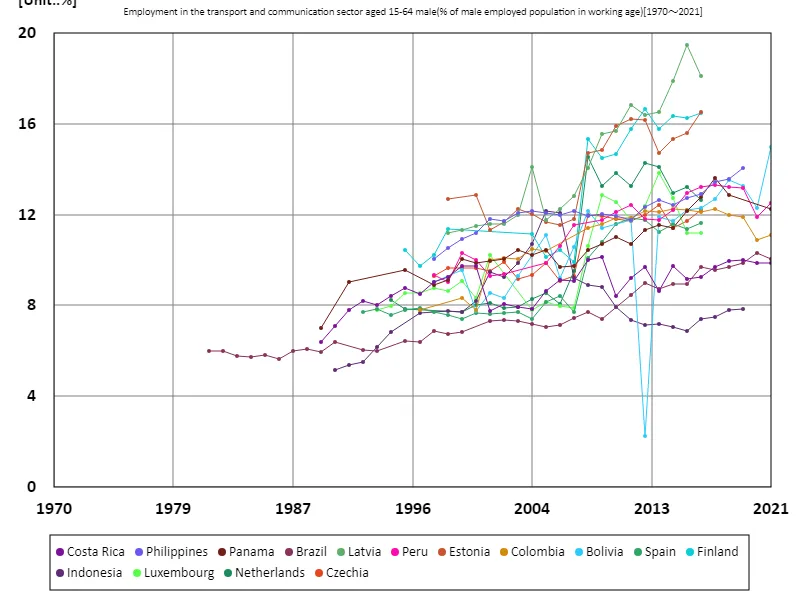

The maximum is 19.5%[2015] of Latvia, and the current value is about 93%
Employment rate for men aged 15-64 in the transport and communications sector (percentage of working-age male employment population) (worldwide, latest year)
In 2021 data, Bolivia recorded the highest employment rate in the transport and communications sector for men aged 15-64 at 15%, compared to an average of 10% and a total of 140%. Bolivia’s high employment rate reflects the importance of the transport and communications sector in the country’s economy. Bolivia is geographically large and its transport and communications infrastructure is central to its economic activity, resulting in a relatively high level of employment in these sectors. The average value of 10% indicates a relatively stable employment rate overall, although the transport and communications sector continues to play an important role in many countries. This is thought to reflect the differences between developing and developed countries and their economic structures. In particular, employment rates in the transport and communications sector are likely to remain stable as automation and digitalisation advances in developed countries, while there is greater room for growth in developing countries. The combined figure of 140% suggests that employment in the transport and communications sector comes in many forms, with employment rates very high in some countries and relatively low in others. Overall, employment rates in the transport and communications sector vary from country to country, influenced by regional economic developments and technological change.
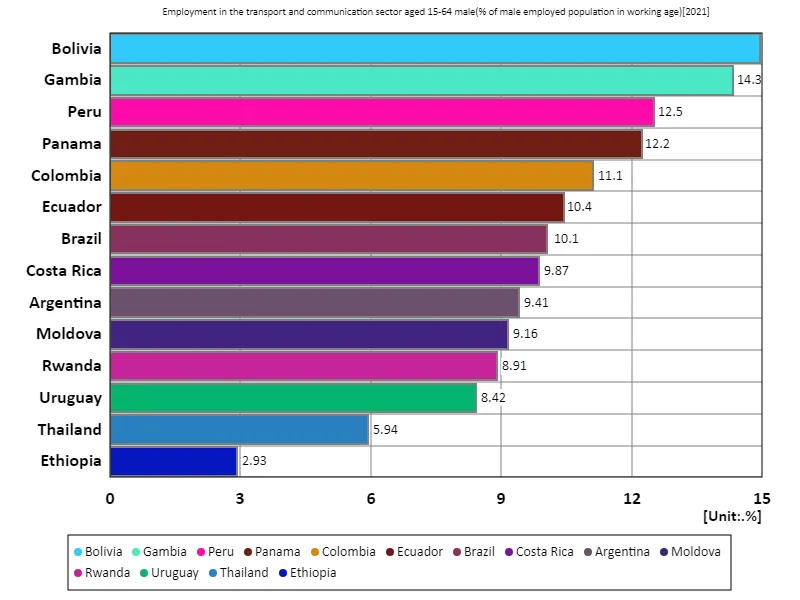

The maximum is 15% of Bolivia, the average is 10%, and the total is 140%
Employment rate for men aged 15-64 in the transport and communications sector (percentage of working-age males in the labour force) (region, latest year)
In 2008, the overall employment rate for men aged 15-64 in the manufacturing and transport and communications sectors was 3.18%, with the Central African Republic recording the highest rate. This figure means that the manufacturing and transport and communications sectors have relatively low employment rates for male workers in this age group. This trend reflects differences in the stage of economic development and industrial structure. In many countries, employment in the manufacturing and transport and communications sectors is important, especially in early-stage economies and those with resource-dependent economies, but overall employment rates are relatively low. For example, in developing countries, agriculture and the informal sector are often the main sources of employment, with limited employment in manufacturing and transport and communications. The maximum value for the Central African Republic indicates the relative employment level in certain countries, but since the overall average and the total value are in line at 3.18%, the data for the year suggest that the manufacturing and transport and communications sectors do not necessarily play a major role in the labour market. We can see that regional differences in economic development and industrial structure have a significant impact on employment rates in these sectors.
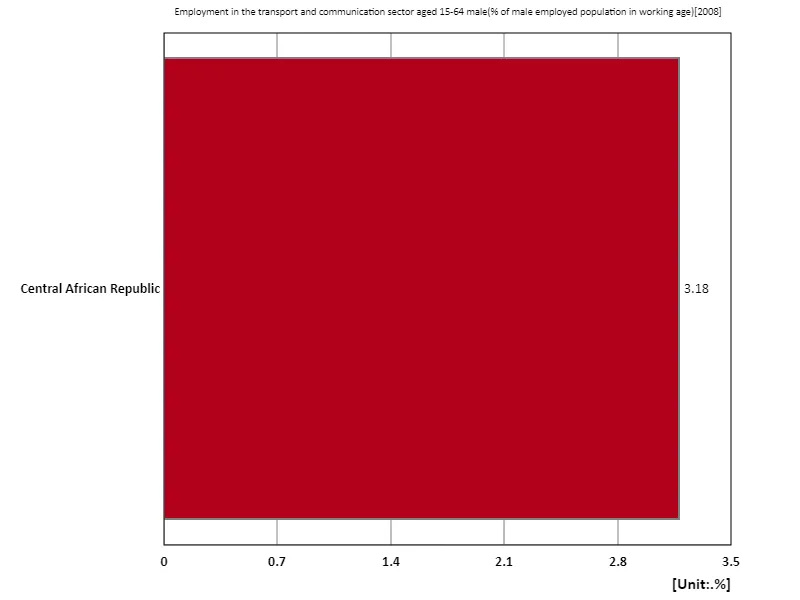

The maximum is 3.18% of Central African Republic, the average is 3.18%, and the total is 3.18%
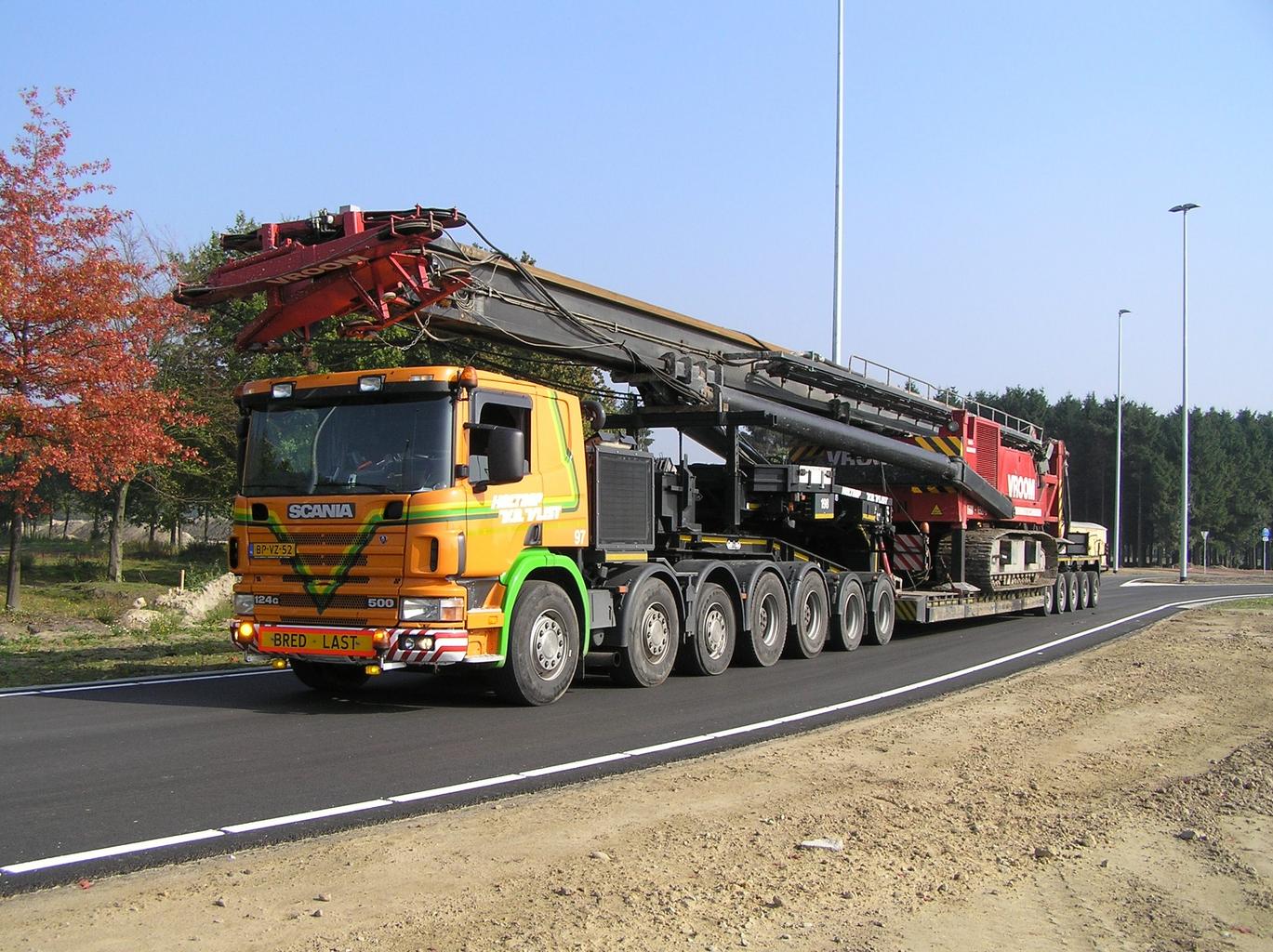


Comments